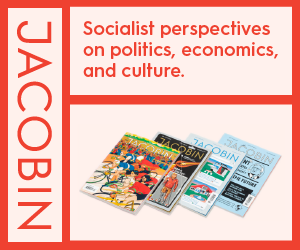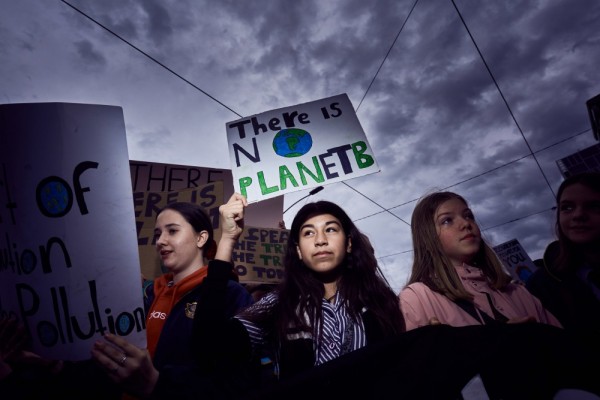The politics of the popular

Photo by Justin Sullivan
When pop star Taylor Swift took to Instagram and endorsed two Tennessee Democratic candidates in the U.S. mid-term elections, it had an immediate effect. Swift encouraged all of her eighty-two million followers living in the U.S. to register to vote in midterm elections, and, according to Vote.org, voter registration spiked, with over sixty-five thousand registering to vote in a single day. Her post defended LGBTQ+ and gender rights, as well as calling out systemic racism in U.S. society, saying, “I believe the systemic racism we still see in this country towards People of Color is terrifying, sickening, and prevalent.”
In addition to creating a significant spike in voter registration, it also set off a debate over the role of popular culture in politics. While Swift’s comments were not revolutionary, they did unsettle the status quo. It would seem that pop-culture interventions are more than welcome if they fall on the side of those in power. They are less welcome when they are critical.
Part of capitalism’s success is how it can take subcultures and cultures of resistance and commodify them. A perfect example is the controversial Kendall Jenner Pepsi ad, which symbolically appropriated the resistance of Black Lives Matter and transformed it into a means for selling soft drinks. It took a movement that was challenging the structures of oppression embedded within capitalism, and turned it into a commodity. Consumer culture is nothing if not adept at taking resistance and co-opting it. However, these efforts at commodification and co-option can be countered, as capitalism isn’t the only thing that is flexible — resistance is adaptive, too.
The recent controversy over the most famous quarterback not currently playing in the NFL is a good example both of capitalism’s power of cooption and the flexibility of resistance. By taking a knee during the national anthem at the beginning of NFL games during the 2016 season, Colin Kaepernick led NFL players in protest over systemic police violence against people of colour in America. The protest exploded across the NFL, as did the condemnation by right-wing critics. Kaepernick became a free agent in 2017 and no team would hire him. In 2018, having been shut out by the football league’s ownership for a whole season, Nike entered into a new contract with Kaepernick (they were his sponsor through his whole football career) to produce an ad with the slogan “Believe in something. Even if it means sacrificing everything.” Nike’s plan was to use Kaepernick’s notoriety, and his connection to youth and the Black community, to push sales. Nike wanted to mainstream his resistance — and sell sneakers.

On the surface, it appeared that the processes of appropriation and commodification were performing as planned. Nike received a lot of unpaid media for their new ad — yet the dominant reading of this ad is not the only one. Nike was hoping to co-opt the resistance to police violence while simultaneously appearing to support progressive politics. Essentially, Nike sought to position itself as a producer — not just of sneakers, but also of social justice. Here the resilience and flexibility of resistance becomes important. Kaepernick’s protest is a key part of the ad’s appeal, and it is hard to separate his image from his protest. In this way, in the process of commodification lay the potential for subversion.
The Nike ad is a perfect example of this subversive possibility. Now, Kaepernick’s image was intended to signify Nike; however, he is himself the signifier of his whole body of protest, including his statement upon accepting an award from Amnesty International: “Racialized oppression and dehumanization is woven into the very fabric of our nation — the effects of which can be seen in the lawful lynching of Black and brown people by the police, and the mass incarceration of Black and brown lives in the prison-industrial complex.” Inadvertently, Nike, by trying to capitalize on Kaepernick’s image, also amplified his powerful critique of systemic white supremacy. In this way, the ad embodies both the commodification of resistance while simultaneously pointing to the resistance itself. Nike is not revolutionary — but their new ad might be.
John-Henry Harter lectures in history and labour studies at Simon Fraser University. He has published in the journals Labour/ Le Travail, Popular Culture Review, The Otter, and Active History. He writes on class, the environment and popular culture when not consuming too much coffee and TV. @JohnHenryHarter.
This article appeared in the Fall 2018 issue of Canadian Dimension (An Unjust Justice System).










